Which Technology is right for your charity in 2025 – Traditional vs Headless Websites
Let’s explore how headless websites differ from traditional websites, and why a headless approach may be the option when looking to build your shiny new site or looking to replace your current aging site.
Traditional Websites vs Headless Websites.
The term headless might be something you’ve heard thrown around when discussing websites, but what does it mean? More importantly, what could it mean for your organisation?
Let’s explore how headless websites differ from traditional websites and why a headless approach may be the option when building your shiny new site or replacing your current ageing site.
What do we mean by ‘Traditional Website’
A traditional website such as WordPress ties the front end, so what your users see, and the back end, where the content lives, closely together. A typical website build will consist of:
- A database to store your content.
- A templating system to create pay layouts.
- An admin interface for content editing and administration.
- The website presentation layer (themes, plugins, etc.) displays pages that contain your content styled to match your organisation’s brand.
Everything is bundled into a single system i.e. WordPress, Drupal. This all-in-one solution can be move convenient for developers of your website because content, administration and the front-end is all in one place. However, this approach also has its drawbacks which we’ll discuss later.
Here are a few selected websites we’ve built on WordPress, recently: Speech and Language UK, Hospice UK and Waythrough.
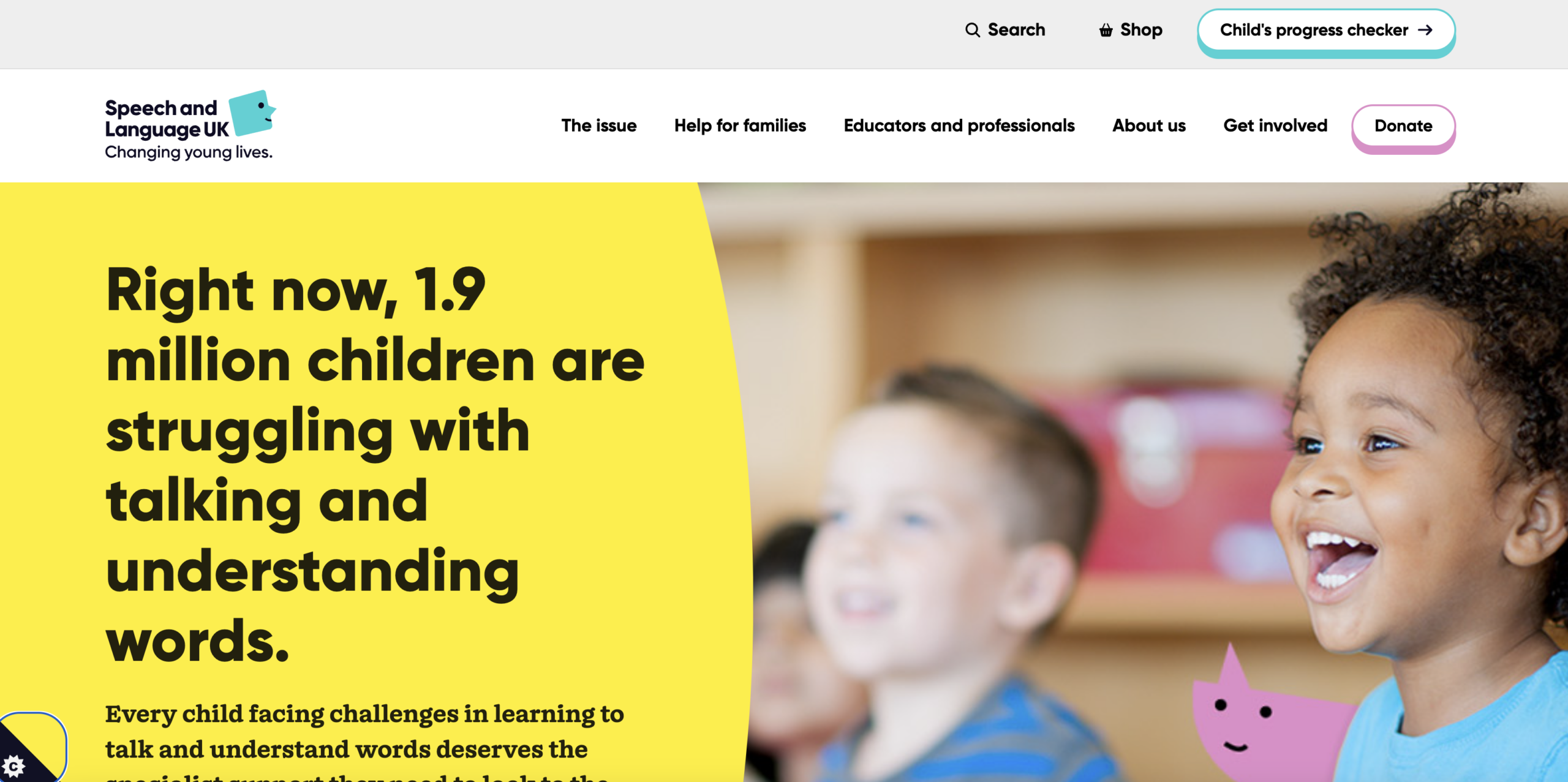


What do we mean by ‘Headless’
In contrast to a traditional website, a headless website decouples the front–end, so separates what the users see i.e. the webpages from the back–end CMS (content management system). This means:
- The back-end CMS is used purely for content creation and storage.
- The front end is built separately and is independent of the backend. (In the case of Reason Digital we use the JavaScript framework Astro).
The backend CMS communicates with the front end via an API, providing it with all the information required to create your website’s pages.
Here are a few of our most recent headless websites: Anna Freud, The King’s Fund and Play Included.
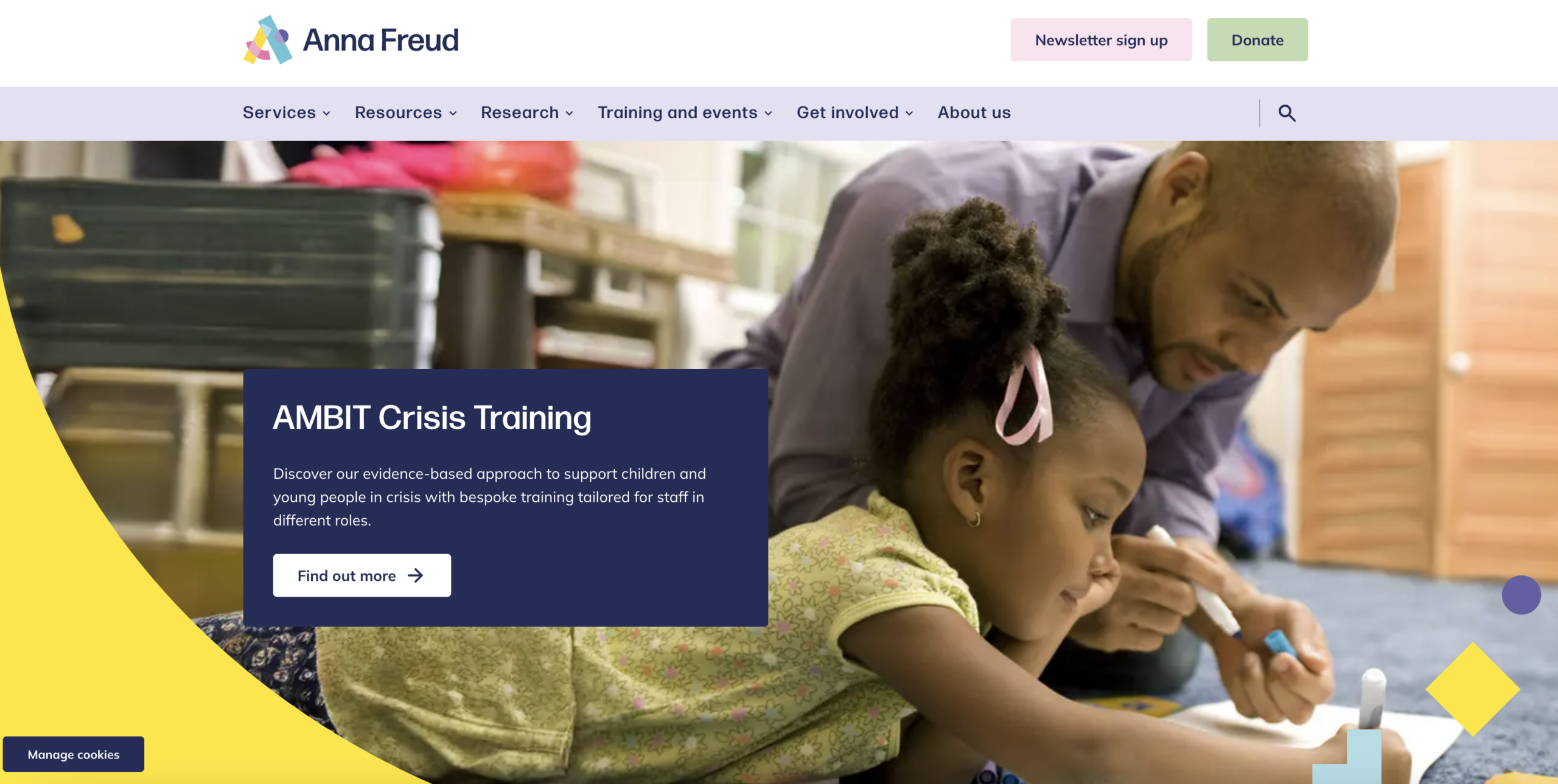
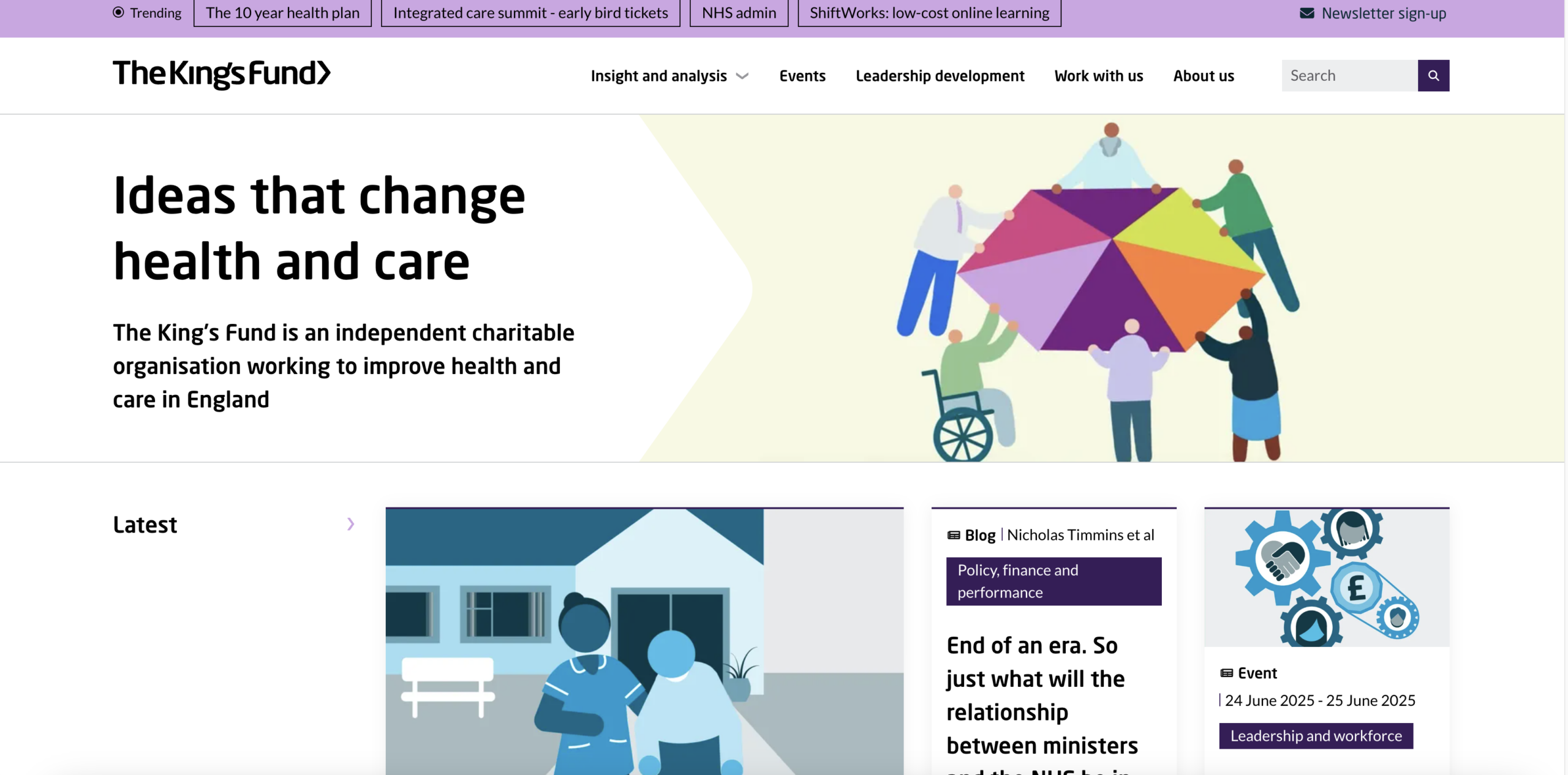
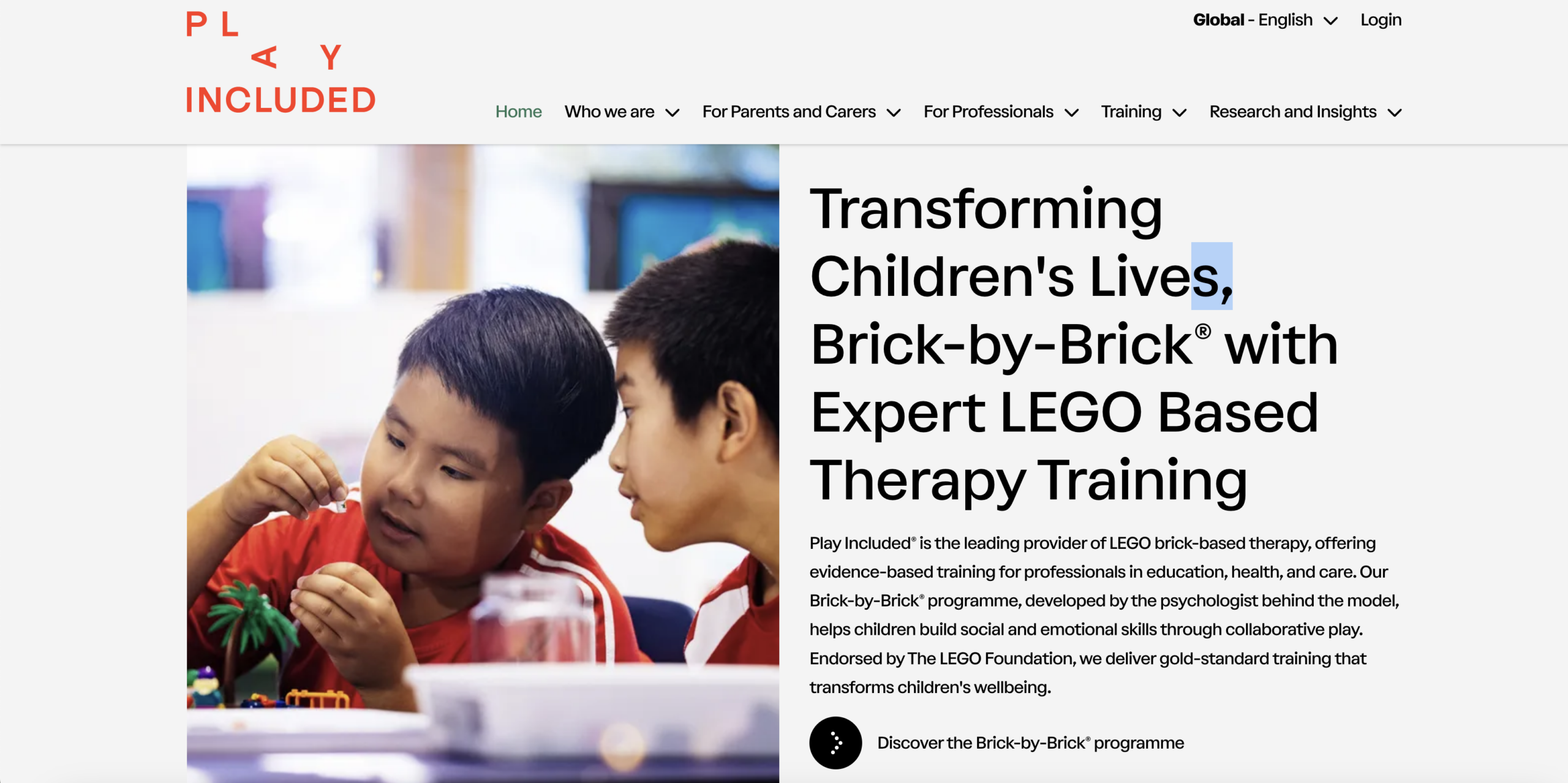
What’s so good about having your front–end separate from your back–end
Headless websites have several advantages:
- Because the pages can be pre-built (static), this makes loading and displaying them on the user’s browser super-fast.
- Faster load times help improve the site’s SEO ranking.
- This also makes the website more Carbon efficient by reducing the amount of processing require each time the site is visited.
- Headless sites are not impacted by heavy traffic because their pages are pre-built and cached, which minimises the strain on the back-end so that sudden increases in visitors won’t slow or bring your site down.
- They are less vulnerable to attacks because the public facing part of the site isn’t directly connected to the CMS (which is hidden away).
- Headless technology doesn’t restrict you to only having a website. The CMS can also be used to feed other channels such as mobile apps, PWAs (Progressive Web Apps) and smart devices like Amazon Echo.
- Headless offers a more futureproofed solution. Say your organisation goes through a rebrand a few years after building your site, all that requires updating is the front-end part of the system as the content can remain the same.
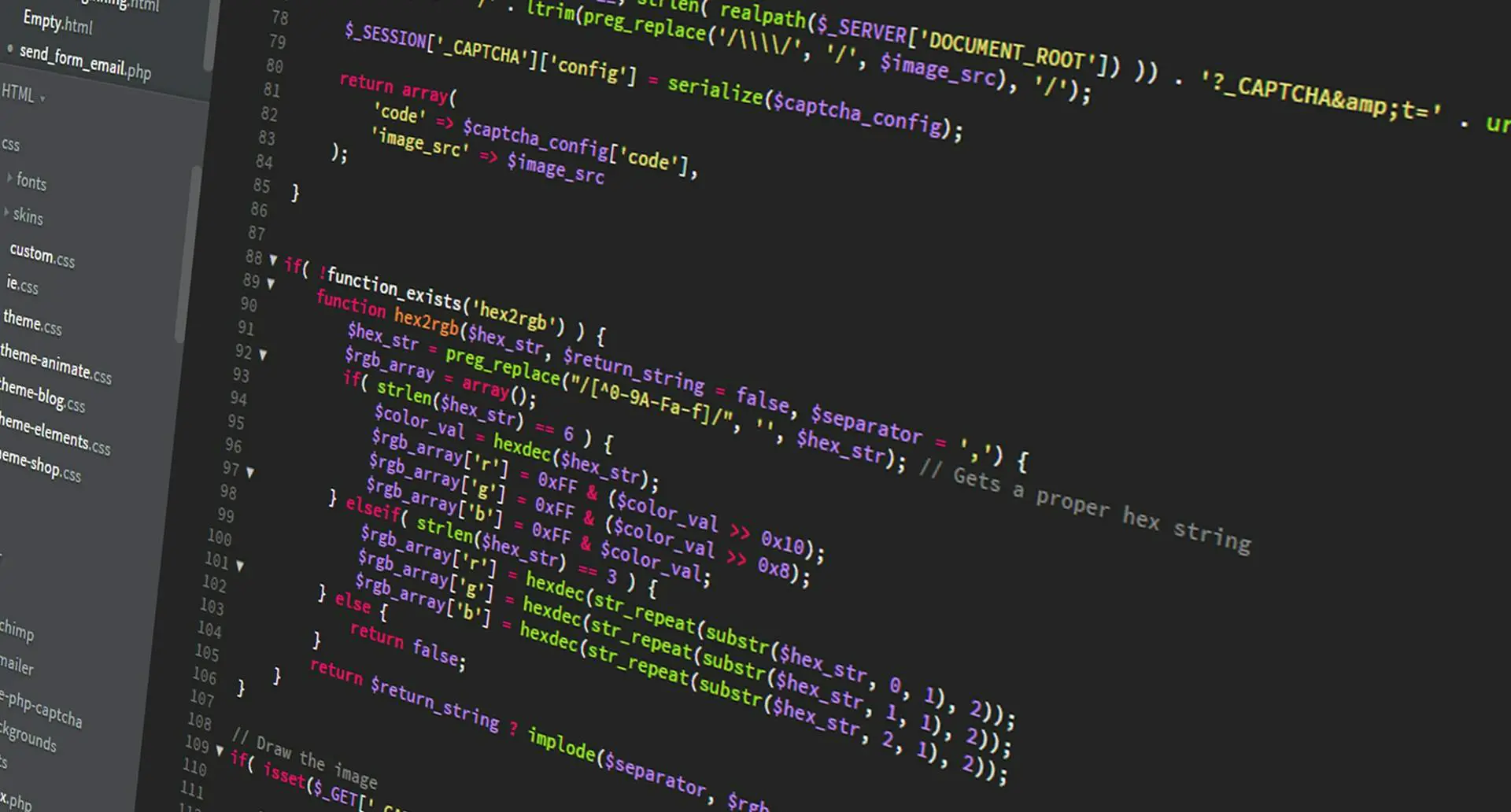
Considerations when choosing between headless and traditional websites
Although headless sites offer many benefits, there are some things to keep in mind when deciding whether they will suit your organisation’s needs:
- Familiarity – with traditional sites being so popular, organisations are usually very familiar with how their CMS works when it comes to creating content. Headless sites are compatible with several different CMS’s whose interface and content editor may work differently to what you’ve been using previously. However, with some brief re-training this can be overcome quickly. At Reason Digital all our website builds include CMS training before release, regardless of the technology used.
- Integration with existing services – traditional websites, particularly WordPress, offer a massive plugin ecosystem. In a headless setup you may need specialised integrations creating, for example to allow communication with your existing CRM (customer relationship management) system.
- Hosting – Due to the separate parts of a headless system each requiring its own hosting, the cost per month is usually slightly more expensive than a traditional site where everything is hosted together. At Reason Digital we’re always upfront about expected hosting costs so this can be factored into your decision making.
When a Headless Website Makes Sense
At Reason Digital we believe that headless is something that every charity could benefit from, regardless of their individual needs. Here are some key factors to consider when thinking about what you need from your next website:
- High-Traffic – If you expect high volumes of visitors, or already have and it’s affecting your site, the stability and scalability headless provides can be a game-changer, ensuring your site remains fast and reliable at all times, even during unexpected spikes.
- Security-Focused – For websites that handle sensitive data or cannot afford downtime due to security breaches, the increased security offered by a headless setup is a major advantage.
- Accessibility – Theme or plug-in updates can often introduce accessibility issues for traditional websites. A headless front-end allows complete control of how a page is displayed to make sure it is built to be accessible.
Final Thoughts
Headless websites offer compelling benefits such a speed, security, accessibility and flexibility. Traditional sites can still be a valid choice and it really all boils down to your budget and requirements to see which is the most suitable choice for you.
Read our other blogs!
-

6 Charities That Are Leading The Way In Engaging Gen Z
In our ongoing exploration of how charities can effectively engage with Gen Z, it's crucial to understand the core strategies that resonate with this generation before delving into...
-

Exploring AI within the Arts Sector with artdepot
Reason Digital has embarked on an exciting partnership with artsdepot to support their deliberate and responsible approach to AI adoption.
-

How to Write A Perfect Brief?
The Reason Digital team share the knowledge on how to write the perfect brief that will get you the proposals desire.



